
SpaceX yesterday completed one-half of a planned Wednesday double-header of Falcon 9 launches, successfully flying a booster out of Florida but standing down a second mission from Vandenberg Space Force Base, Calif. Veteran B1083 took flight from historic Pad 39A at Florida’s Kennedy Space Center (KSC) at 2:48 p.m. EDT, near the end of the day’s expansive “launch window”, but teams elected to stand down B1082’s mission from the West Coast and reschedule for a backup opportunity on Thursday.

Weather in Florida was exceptionally fine for the first flight of the day, with a 90-percent probability of acceptable conditions and a launch window spanning almost four hours, from 11 a.m. EDT through 2:48 p.m. EDT. “Moisture extent is limited to the very lowest levels of the atmosphere,” noted the 45th Weather Squadron at Patrick Space Force Base in an update, “so there will be only a slight chance of Cumulus Cloud Rule violation at sea breeze onset during the midday hours.”
Nevertheless, SpaceX delayed T-0 deeper into the window and B1083 finally went airborne at 2:42 p.m. EDT, spearing uphill for the third time in as many consecutive months. This particular booster entered service early in March when she lofted Dragon Endeavour and Crew-8’s Matt Dominick, Mike Barratt, Jeanette Epps and Aleksandr Grebenkin on the first leg of their trek to the International Space Station (ISS), while a second mission in April’s second week delivered a 23-strong batch of Starlink internet communications satellites—totaling 37,700 pounds (17,100 kilograms)—into orbit.
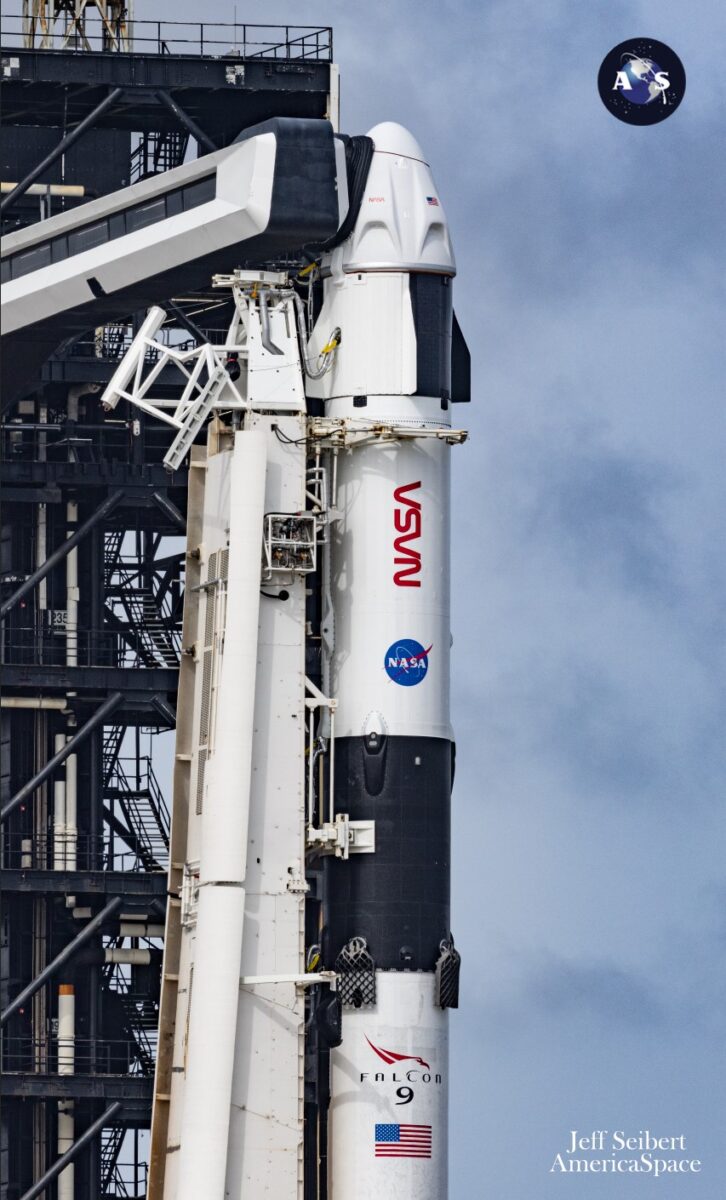
Her third launch was laden with an additional 23 Starlinks, which were successfully deployed a little past 65 minutes into yesterday’s mission, bringing to more than 700 the total number of these flat-packed satellites flown on over 30 missions so far in 2024. Meanwhile, B1083 returned to a smooth touchdown on the expansive deck of the Autonomous Spaceport Drone Ship (ASDS), “A Shortfall of Gravitas”.
As a network, Starlink enables high-speed and low-latency internet provision to over 70 sovereign nations and international markets in North and South America, Europe, Asia, Oceania and Africa. Last month, the Hawthorne, Calif.-headquartered launch services provider announced that Starlink connectivity is now available in Albania and Micronesia, bringing to 75 the total number of sovereign nations or regions to receive coverage.
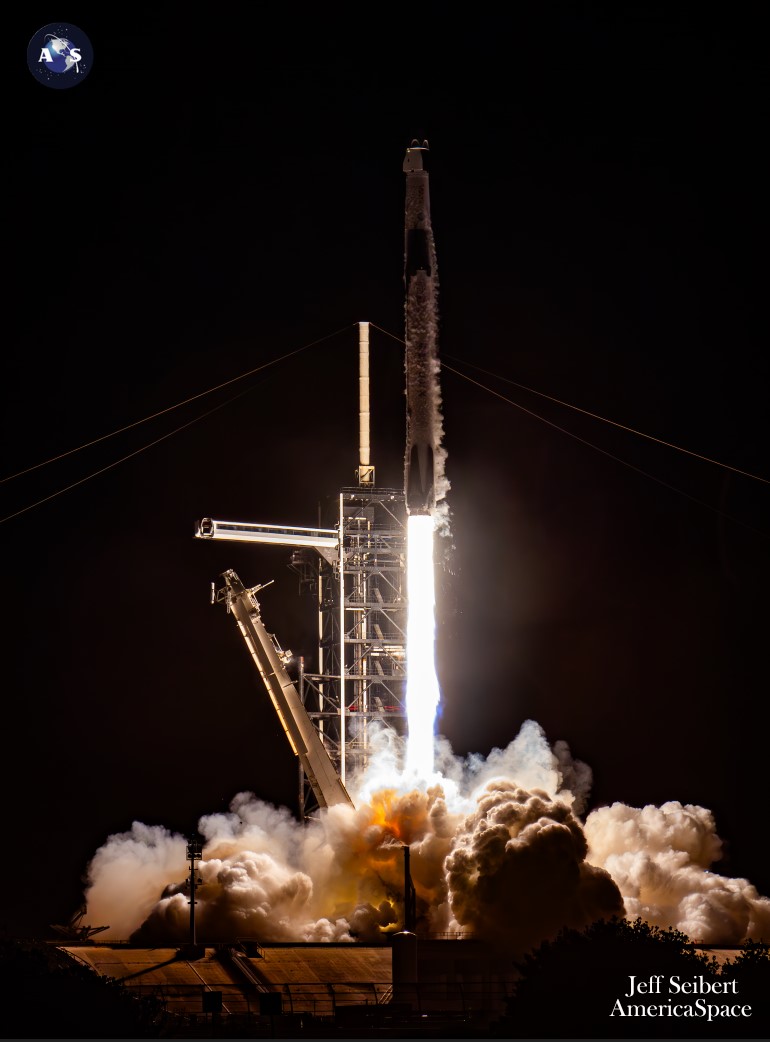
The downsized V2 Mini satellites, first flown in February of last year, boast three to four times greater “usable” bandwidth than earlier Starlink iterations. “V2 Minis include key technologies—such as more powerful phased-array antennas and the use of E-Band for backhaul—which will allow Starlink to provide 4x more capacity per satellite than earlier iterations,” SpaceX explained. “Among other enhancements, V2 Minis are equipped with new argon Hall thrusters for on-orbit maneuvering.”
Florida-based intercity operator Brightline adopted Starlink on its trains in 2023, the first passenger rail service in the world to do so. Additionally, El Salvador’s Ministry of Education has begun integrating Starlink capability into its schools to help close the digital divide between urban and remote rural communities and 50 Rwandan schools are now connected via Starlink’s high-speed internet service.
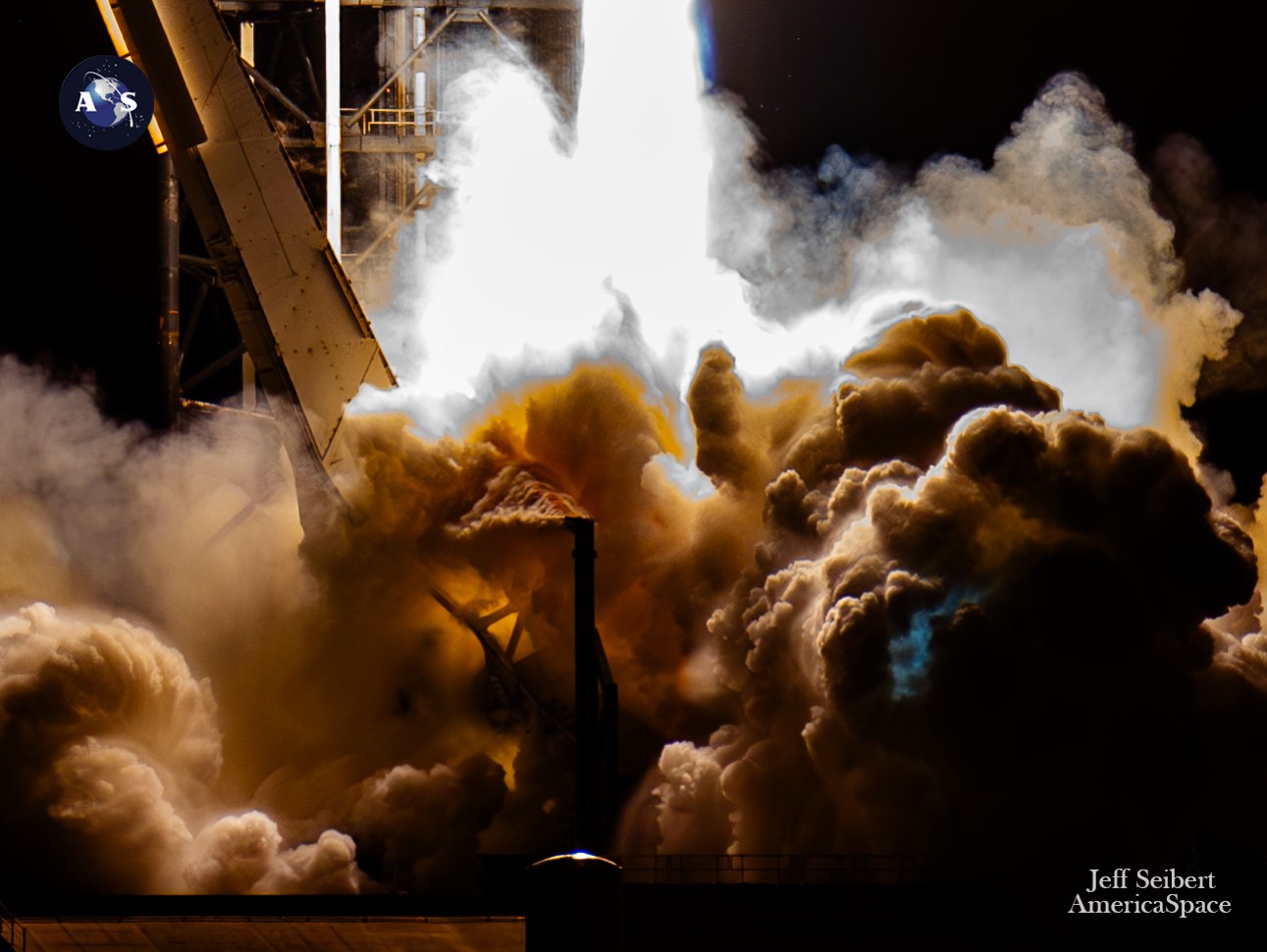
And in January, SpaceX lofted its first six “Direct-to-Cell” Starlinks, which permit mobile network providers to offer “seamless global access to texting, calling and browsing”, whether “on land, lakes or coastal waters”, without the need to change hardware or firmware. Within six days of that first launch, SpaceX engineers sent and received their first text messages via Direct-to-Cell and as of April Starlink reportedly had about 2.7 million registered subscribers or customers worldwide.
Attention then turned to Space Launch Complex (SLC)-4E on the West Coast, where the flight-proven B1082 booster stood ready with her own batch of 20 Starlinks, including 13 with “Direct-to-Cell” functionality. Targeting a three-hour window from 7:48 p.m. PDT through 10:30 p.m. PDT Wednesdau, this mission will mark the 75th Falcon 9 flight out of mountain-ringed Vandenberg since September 2013 and the 15th so far this year.
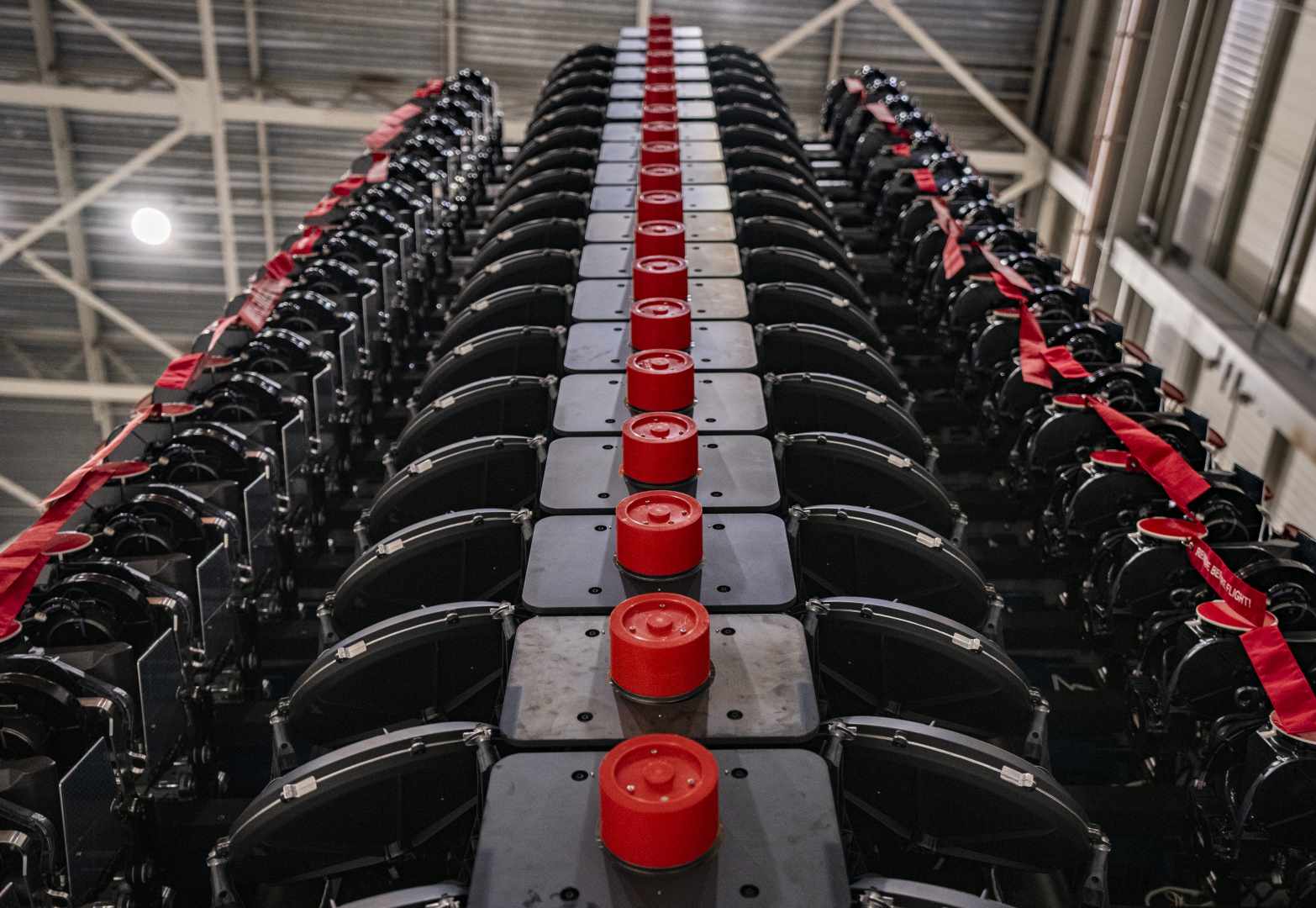
B1082 is also a relative newcomer to the Falcon 9 fleet, having first flown on 2024’s initial SpaceX mission in early January. A second launch in mid-February achieved records including the 300th flight of a Falcon 9 vehicle and the 200th consecutive safe landing of a booster, while a third last month supported the U.S. Space Force’s USSF-62 mission with the first Weather System Follow-on Microwave (WSF-M) meteorology satellite.
An on-time launch at 7:48 p.m. EDT might have seen a pair of Falcon 9s roar uphill from opposing U.S. coastlines only eight hours apart, but it was not to be. Teams stood down the Vandenberg mission, which is now rescheduled to fly in a 118-minute window extending from 8:20 p.m. PDT through 10:18 p.m. PDT Thursday.
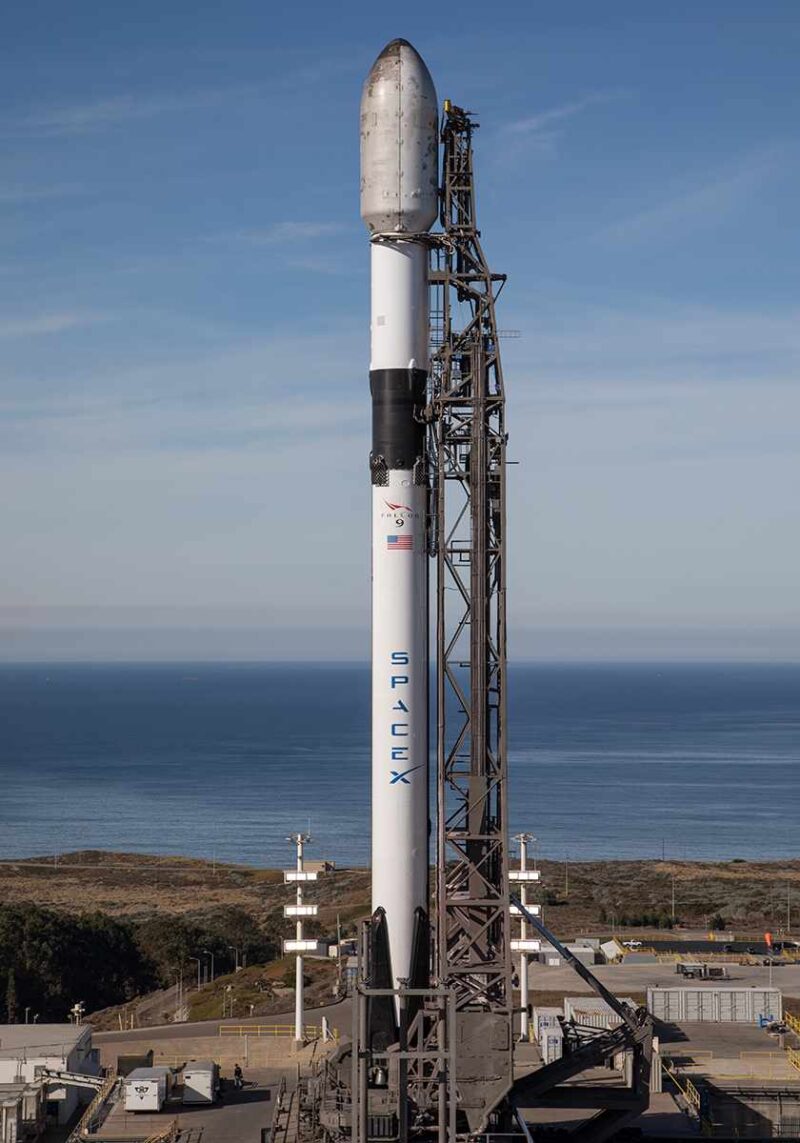
As the 75th Vandenberg mission in a little more than a decade, tonight’s accomplishment has been built by 16 Falcon 9 boosters, which since September 2013 have delivered more than 1,400 Starlinks, nine batches of Iridium NEXT global mobile communications satellites, five military missions for the National Reconnaissance Office, U.S. Space Force and Space Development Agency (SDA) and four multi-customer Transporter “stacks”, totaling 289 discrete payloads covering a smorgasbord of science, technology and educational outreach disciplines and applications.
Added to that list, “Vandenberg Falcons” boosted several Earth-observation payloads and NASA’s Double Asteroid Redirection Test (DART) into deep space to investigate the asteroid Didymos and impact its tiny companion, Dimorphos. With an increased launch tempo achieved in the last two years alone, more than half of these 75 West Coast missions have flown since the start of 2023.
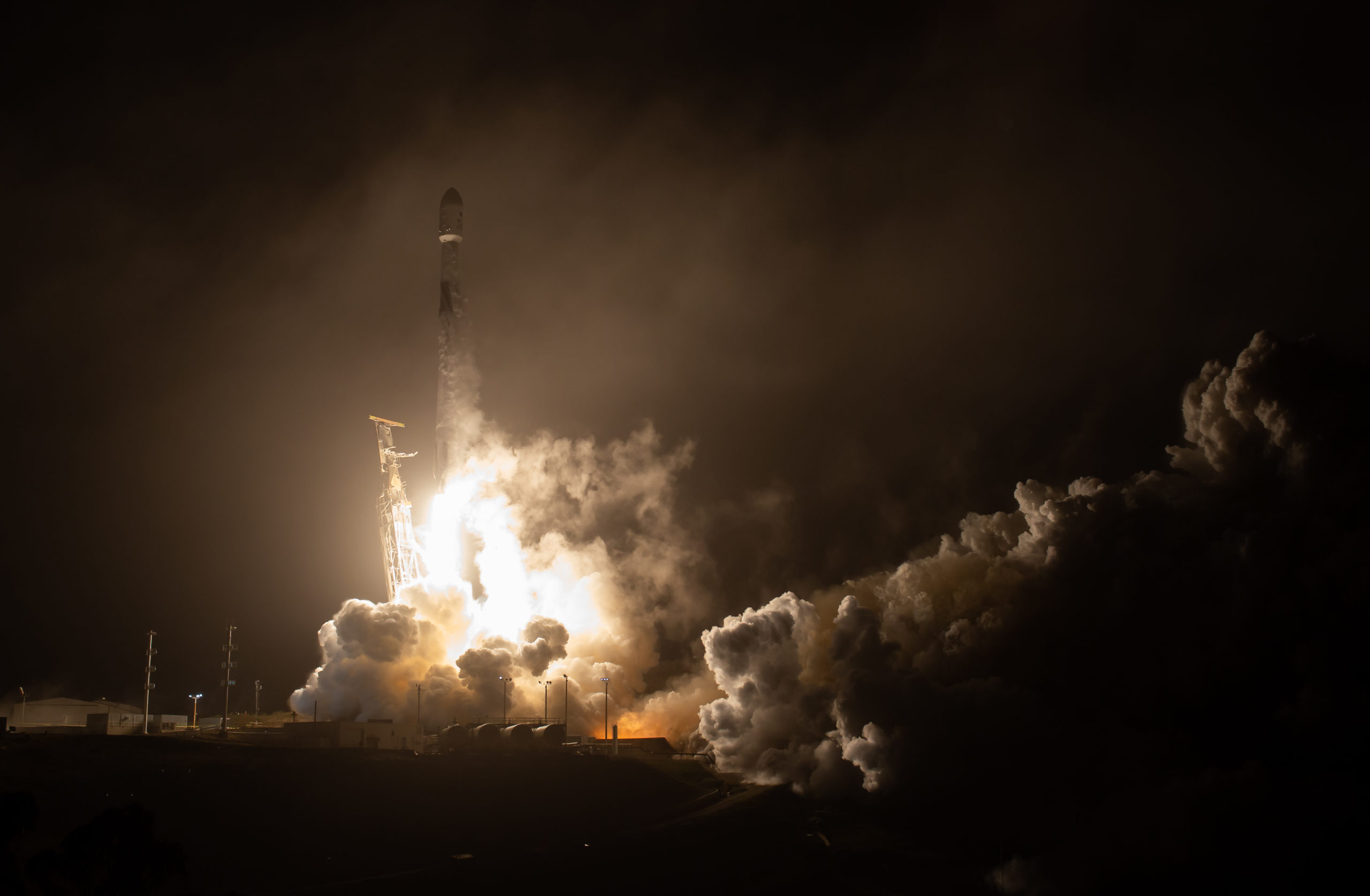
And that tempo has seen a rapid uptick in the numbers of “Vandenberg Falcons” flying more regularly than ever before. SpaceX accomplished its first dual-launch month from the Californian site in February 2022, then saw three flights for the first time in April of last year and completed its first four-mission month last January.






2 Comments
Leave a Reply2 Pings & Trackbacks
Pingback:SpaceX Targets Thursday Evening for Week’s Second Falcon 9 Launch - news.iNthacity
Pingback:SpaceX Continues Record-Setting Year, Launches 75th Vandenberg Mission - AmericaSpace